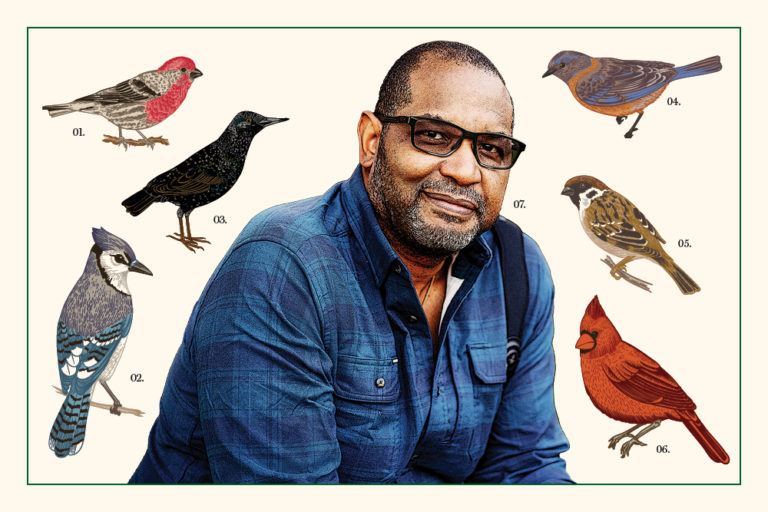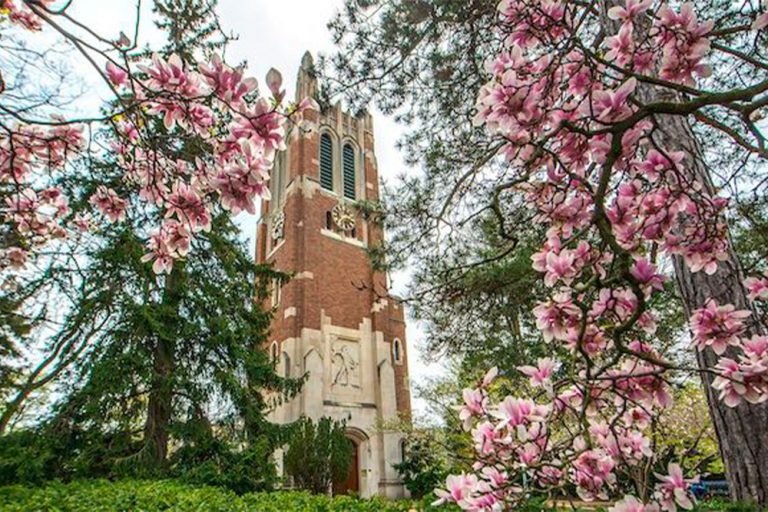Once threatened by chemical decay and decomposition, an important and rare film collection from the early years of cinema is now available to the public online thanks to a massive preservation and digitization project overseen by Joshua Yumibe, Associate Professor in MSU’s Department of English and Director of the Film Studies Program.
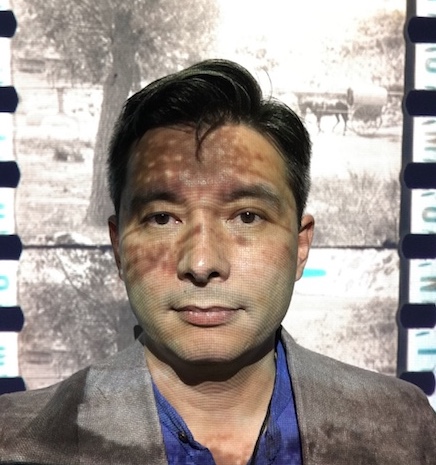
This unique collection consists of 23,491 original 35mm nitrate film clippings, usually two to three frames each, and dating mostly from 1897 to 1915. It is the collection of Italian film historian Davide Turconi, who acquired the extensive collection from the films amassed by Josef-Alexis Joye, a Jesuit priest from Basel, Switzerland, at the beginning of the 20th century. Forty years after Joye’s death in 1919, Turconi discovered the collection, which Joye gathered from secondhand markets to use in his educational programs.
The George Eastman Museum in Rochester, New York, acquired the Turconi Collection in the 1990s. In 2000, the massive digitization project began.
Helping to preserve, digitally scan, and make the collection public, Yumibe took over management of the digitization project in 2003 while still a Ph.D. candidate at the University of Chicago. The collection served as one of the key studies for Yumibe’s research into early color cinema. In 2011, after 12 years of painstaking work, the Turconi Collection Database was completed.
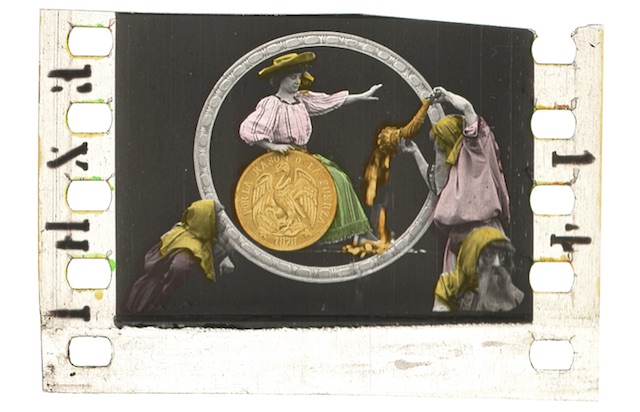
(Image courtesy of the George Eastman Museum)
These rare frames give particular insight into the elaborate coloring techniques of the time, which were laboriously applied onto the actual nitrate prints, at first by hand-painting, then by processes of dyeing and stencil coloring.
“From the very inception of film in the 19th century, color was a major component of its early delights, and the Turconi Collection is replete with examples of chromatic wonder,” Yumibe said. “As this material reveals, manually applied color, added onto the very emulsion of early film prints, transformed the earliest moving images from black-and-white shadows to eye-popping celebrations of color in motion.”
The Turconi Collection Database is the largest of its kind currently available and is a primary source for the study of early cinema and color technology. It is available for free online with the financial support of the George Eastman Museum, the Le Giornate del Cinema Muto, and the Cineteca del Friuli.
The exhibition showcases both the stunning beauty as well as historical significance of the Turconi Collection, specifically by focusing on the use of color in these early films.
DR. JOSHUA YUMIBE
“Early film was visually inventive, marked by the excitement of discovering a new medium,” Yumibe said. “I often teach material in my classes related to silent and early cinema, and in doing so I draw extensively from the collection to illustrate this history, as do other scholars.”
For the first time, the public can see this rare collection in person, which is now on display at the George Eastman Museum thanks to the efforts of Yumibe, who curated the Dreaming in Color: The Davide Turconi Collection of Early Cinema exhibit, and the Michigan State University Foundation, a key sponsor, which helped with funding through a Humanities and Arts Research Program grant.
The exhibit, which runs through June 24, 2018, builds upon the archival work and makes the collection visible through frame enlargements, allowing viewers to admire the sheer beauty of these rare film frames while documenting the early years of color cinema.
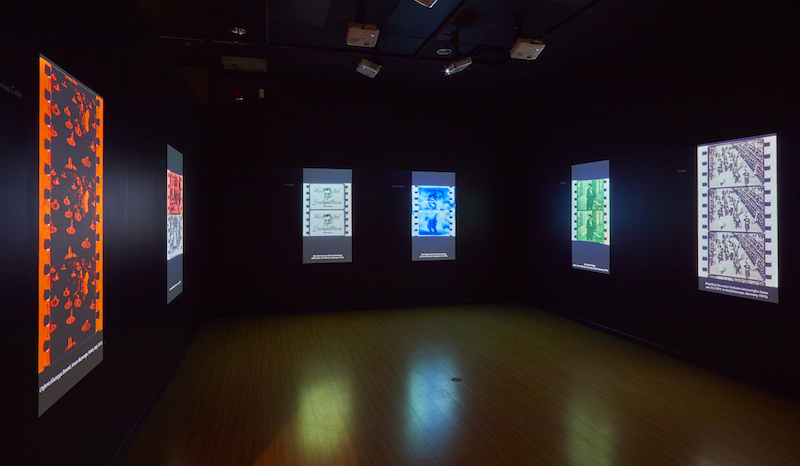
“The exhibition showcases both the stunning beauty as well as historical significance of the Turconi Collection, specifically by focusing on the use of color in these early films,” Yumibe said.
As curator, Yumibe worked in collaboration with the staff at the George Eastman Museum, selected approximately 600 of the 23,491 archival frames to be displayed, arranged those images, and put together the exhibition texts.
Aiming to both dazzle and educate the viewer, the images are displayed through digital projection and organized in a series of nine simultaneous, looping slideshows in order to create an immersive and diverse experience of the chromatic wonders of early film.
Yumibe and the George Eastman Museum are developing plans to bring the show to other venues after its run in Rochester.
(All images courtesy of the George Eastman Museum)
